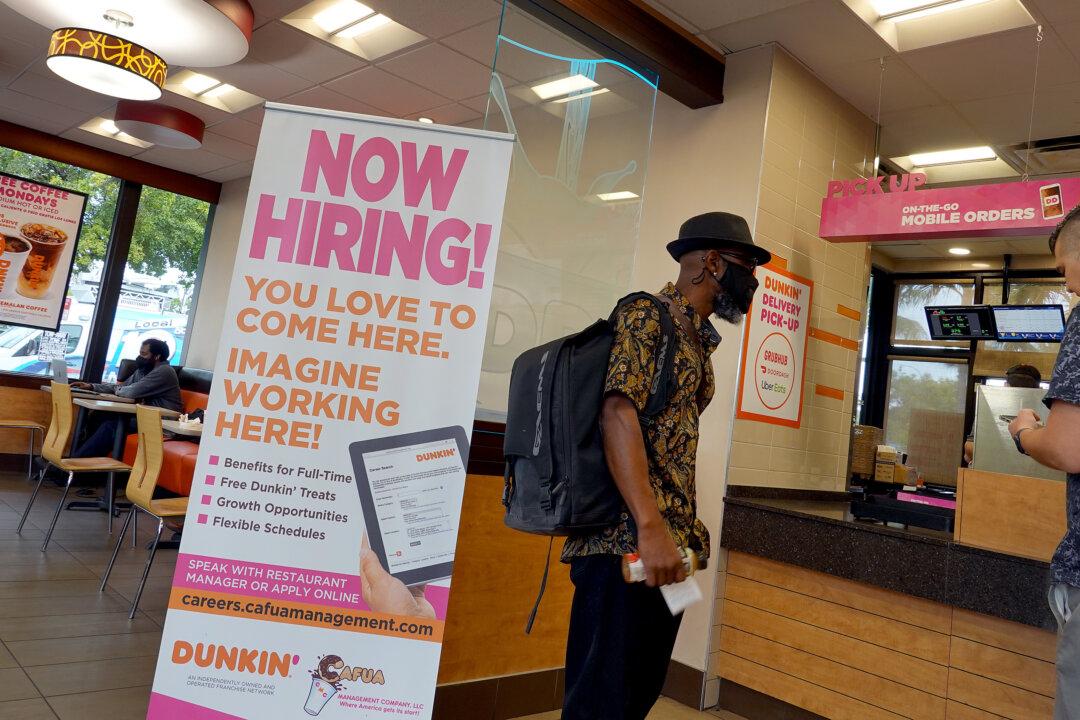The U.S. economy might need to leap a few hurdles in 2022 as many factors could derail the post-pandemic recovery, financial experts warn.
One of these threats could be the country’s intensifying labor shortage.

The U.S. economy might need to leap a few hurdles in 2022 as many factors could derail the post-pandemic recovery, financial experts warn.
One of these threats could be the country’s intensifying labor shortage.